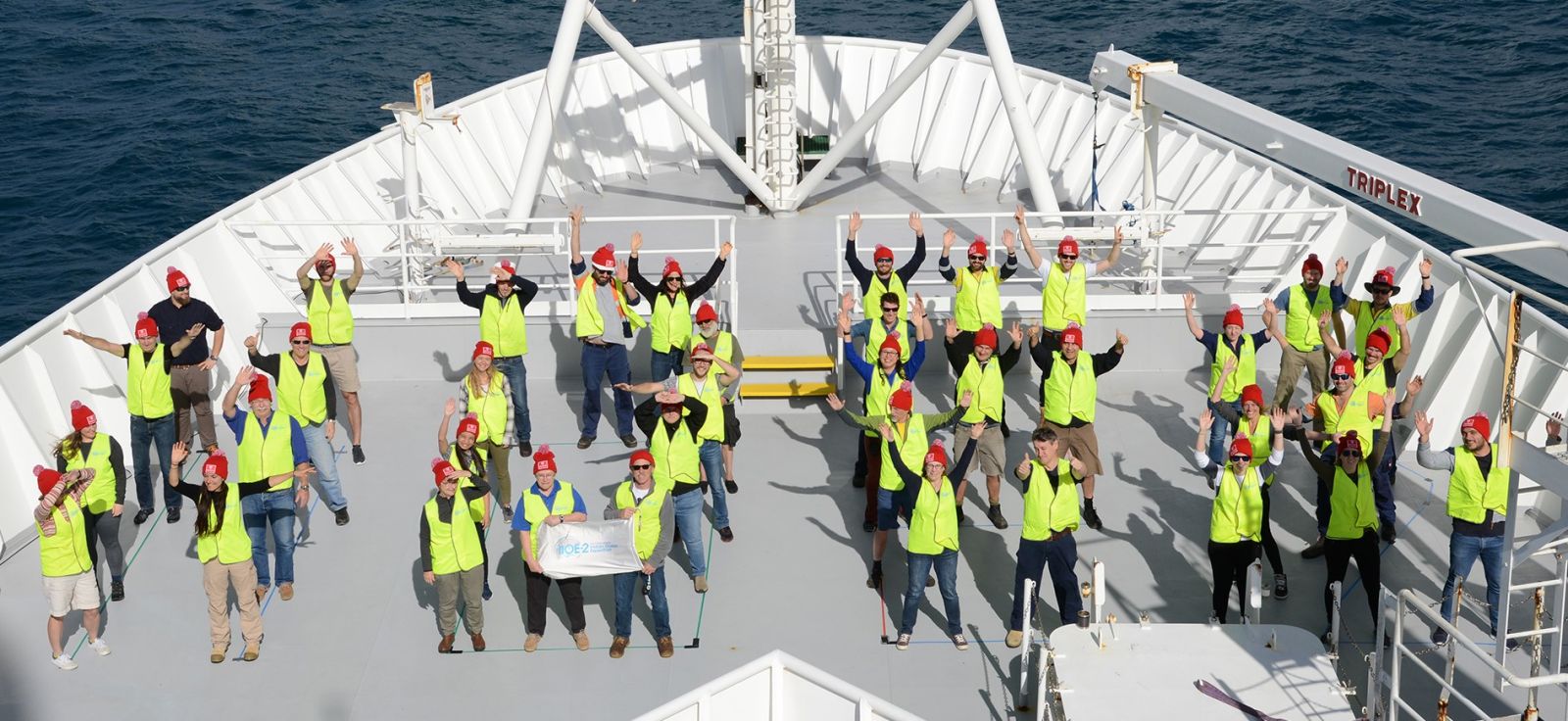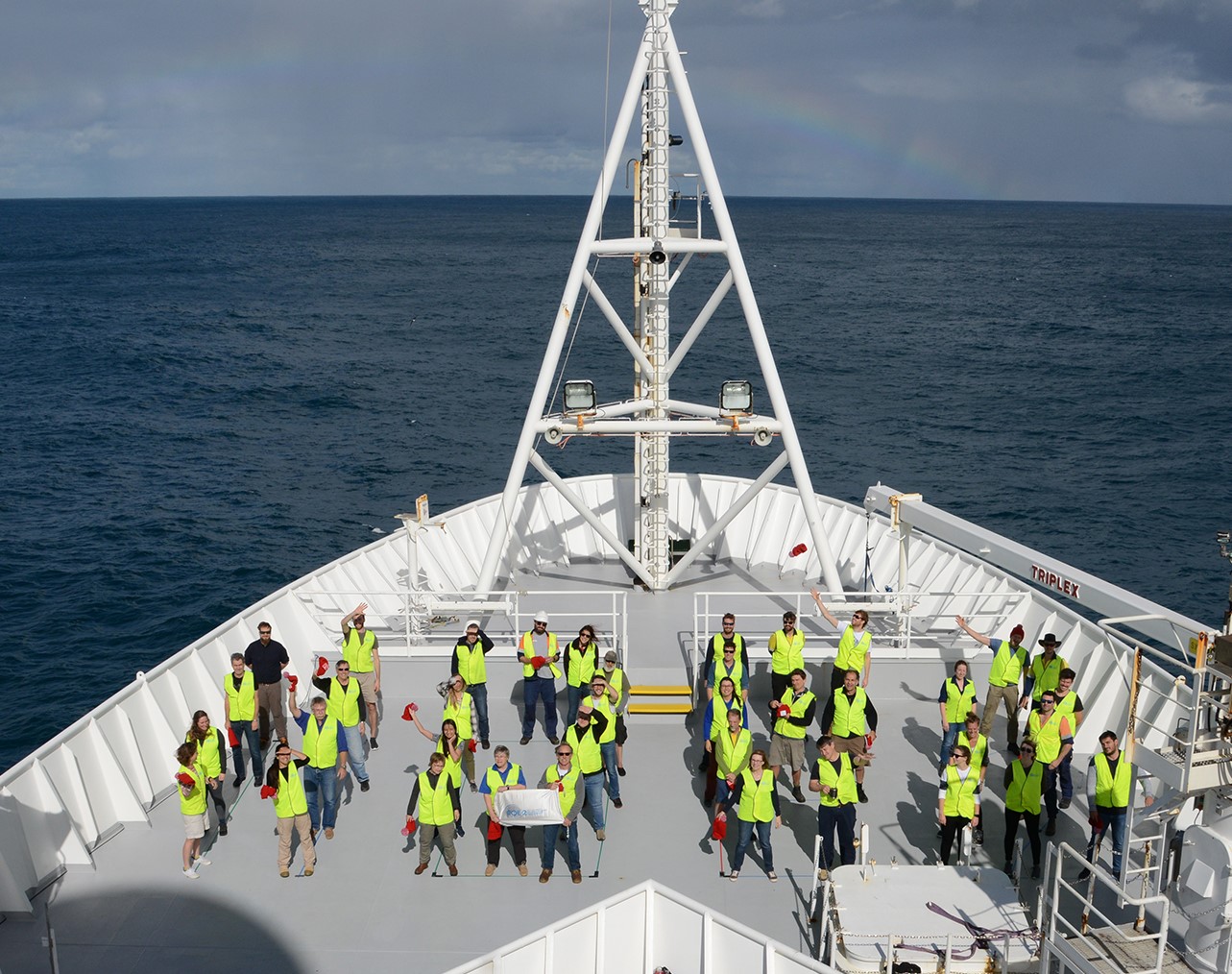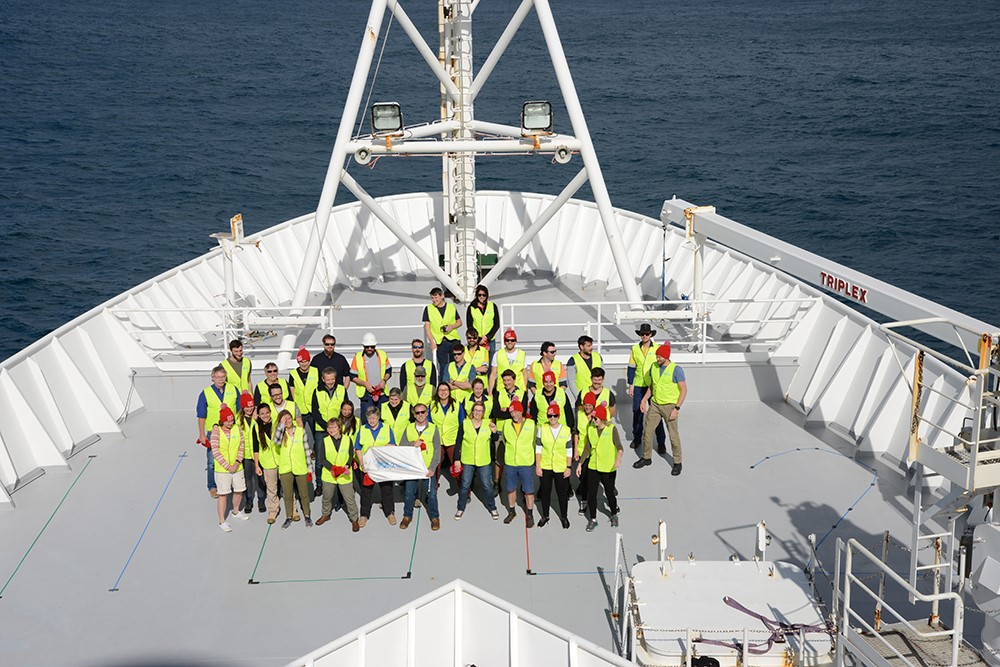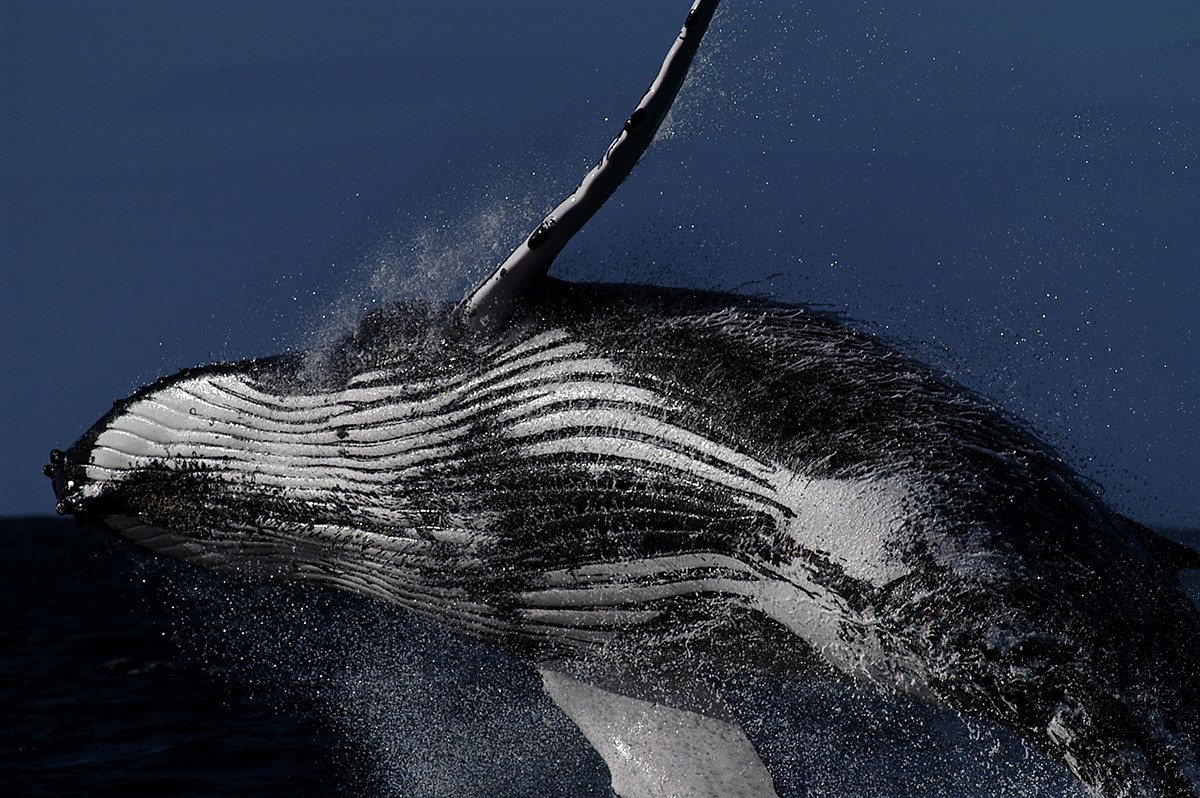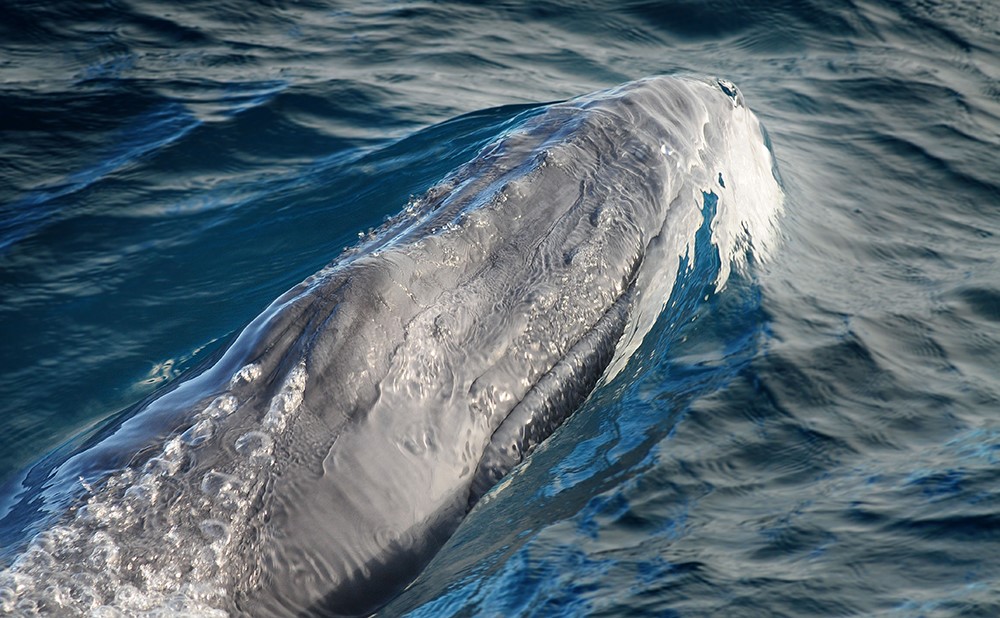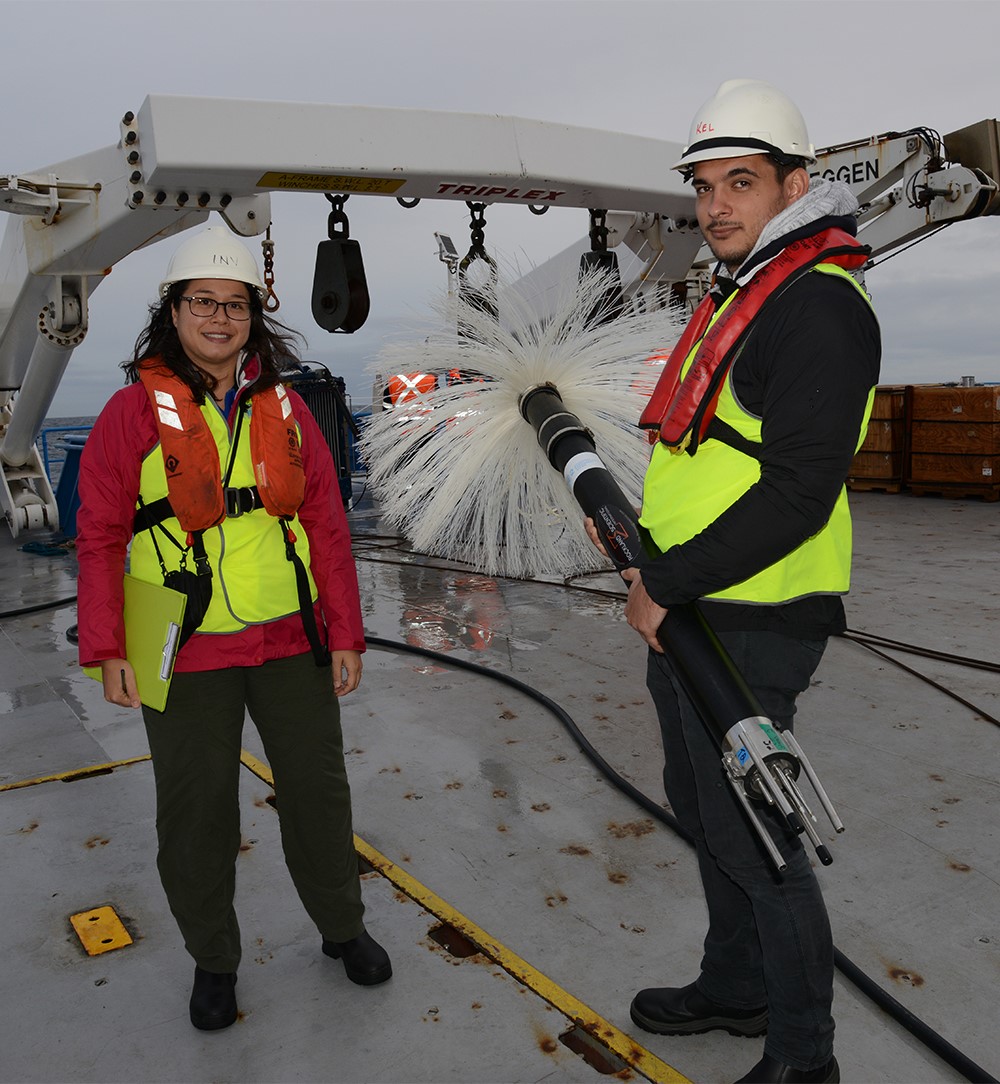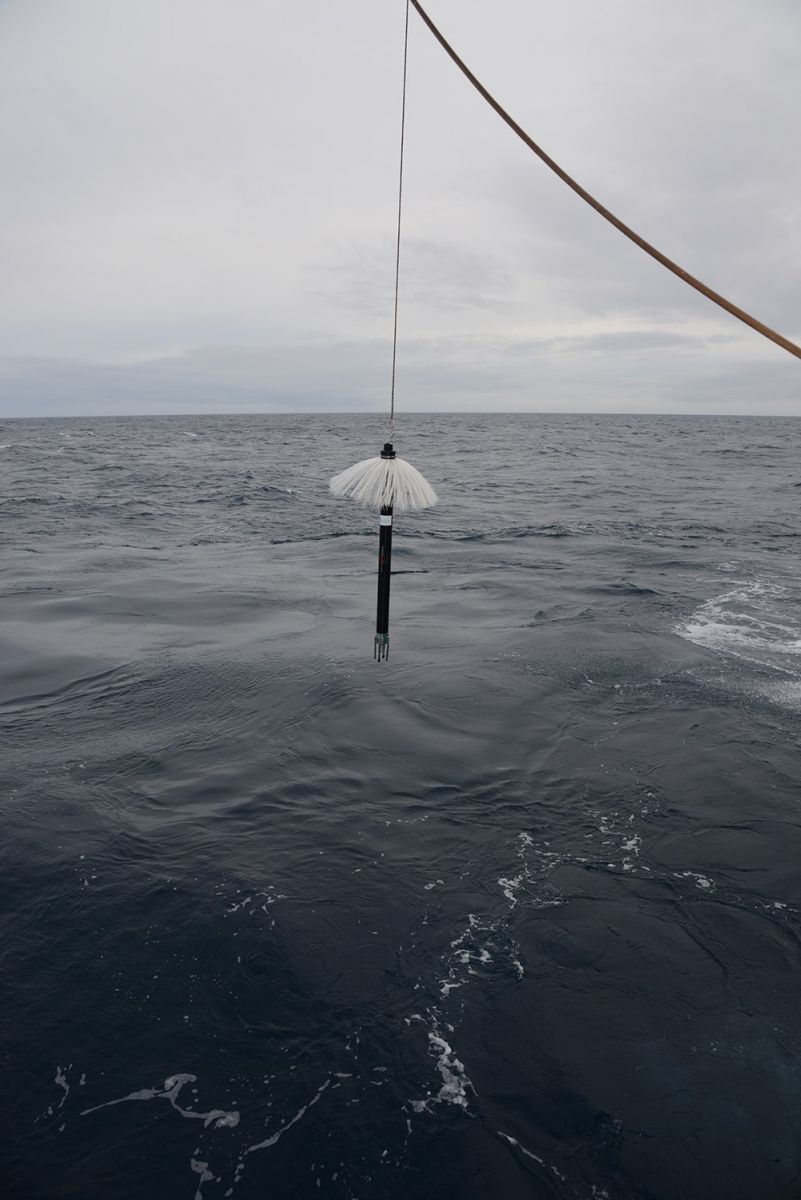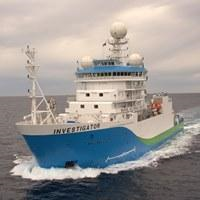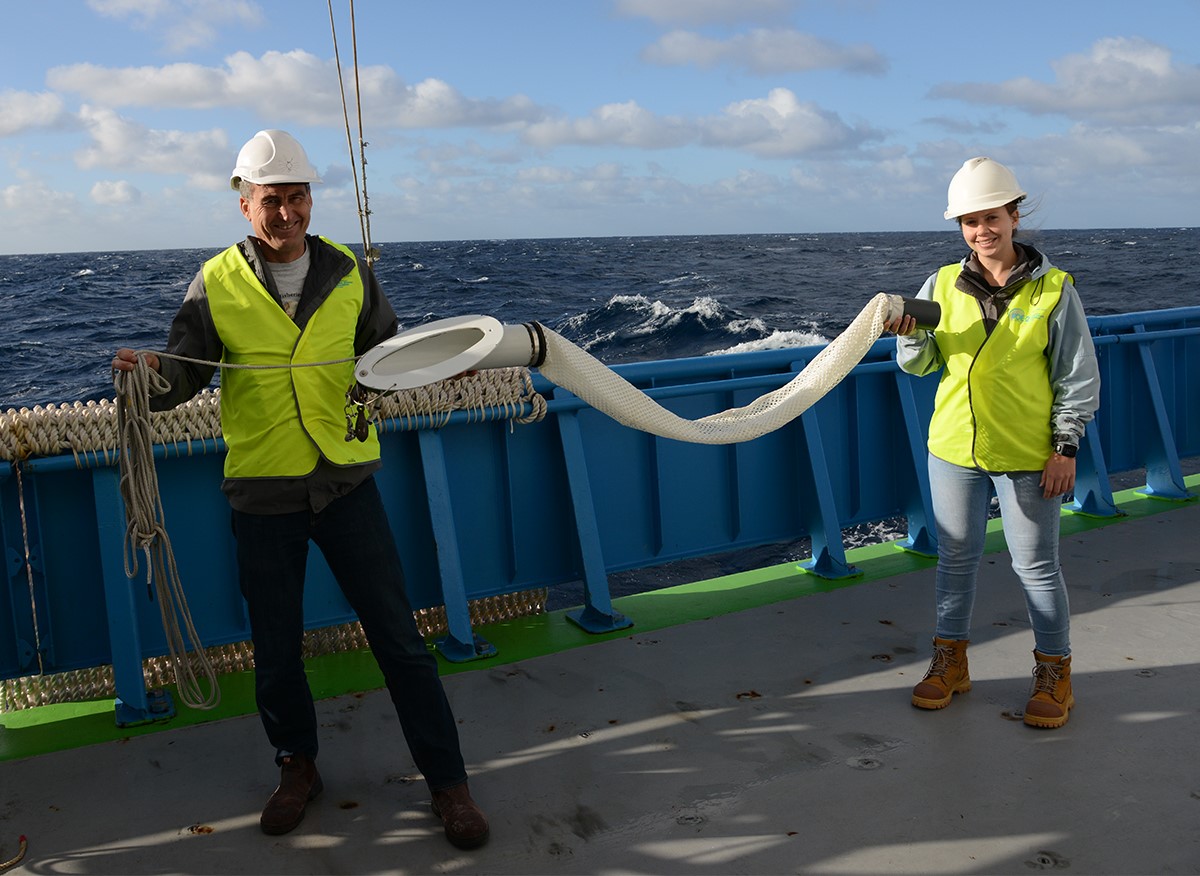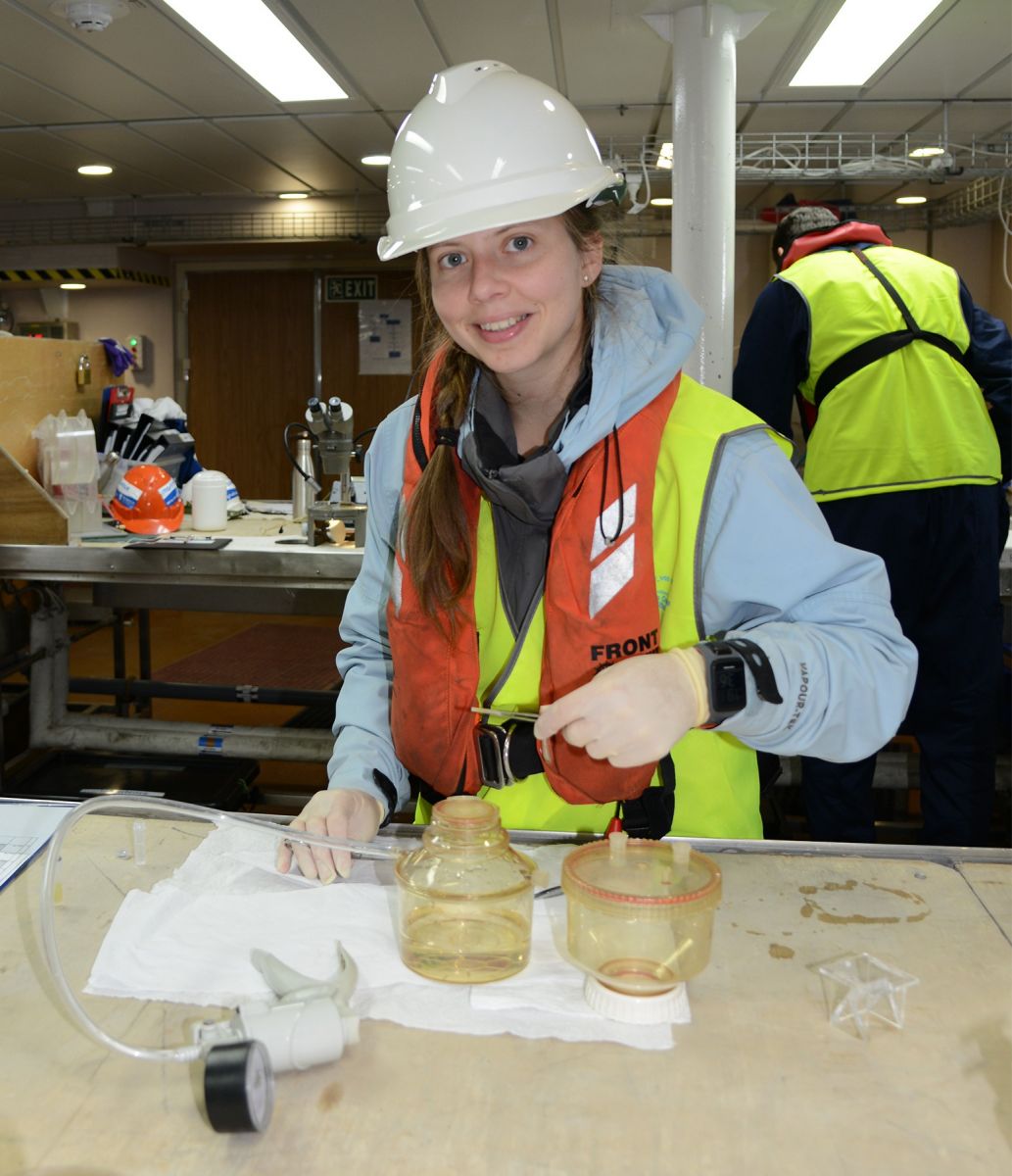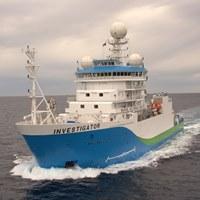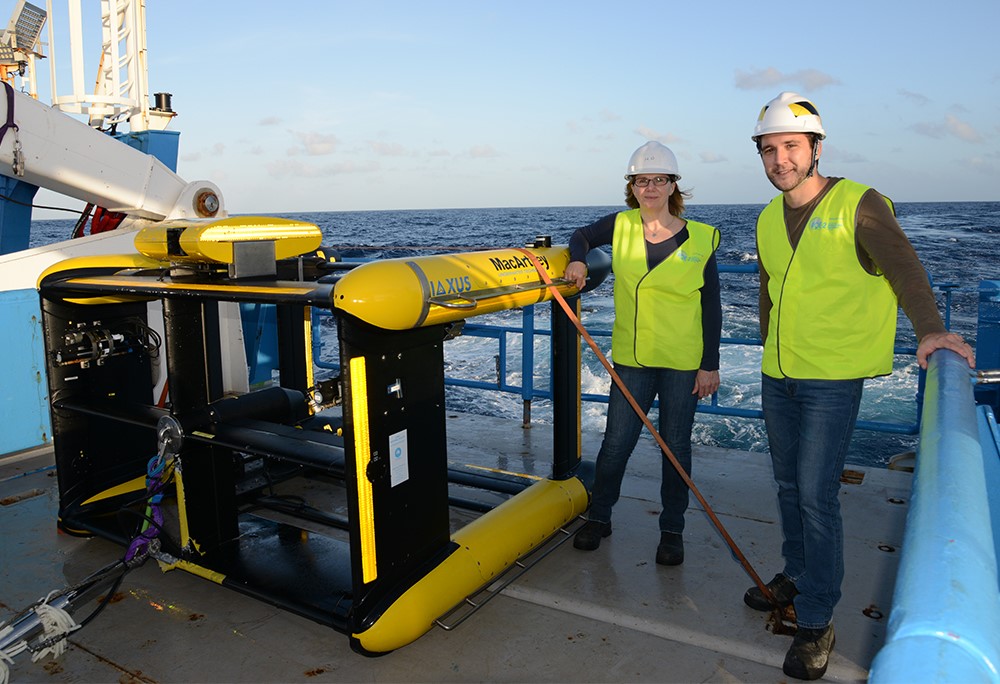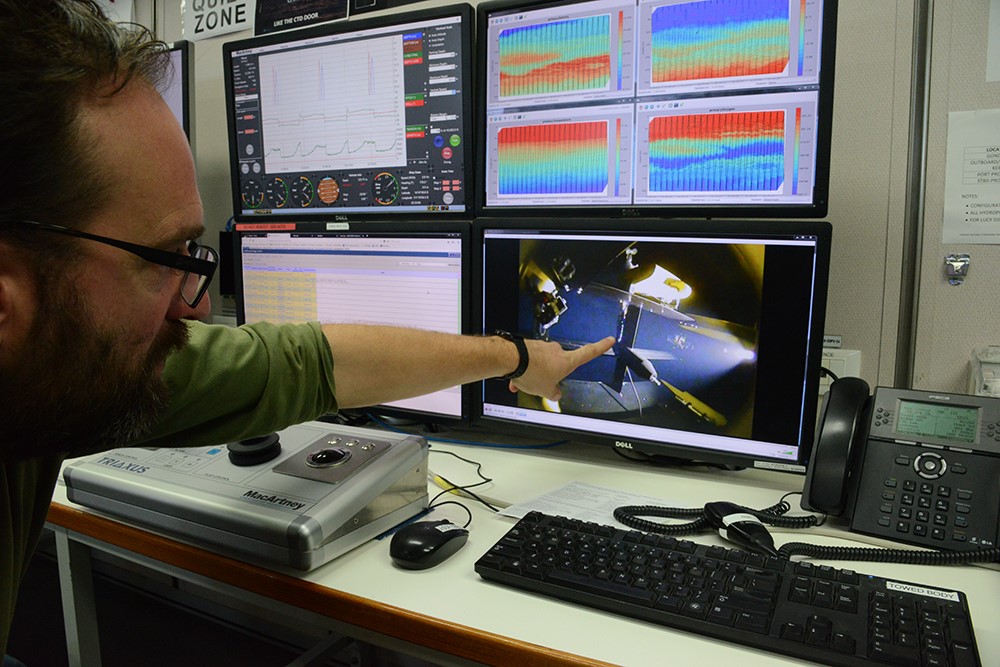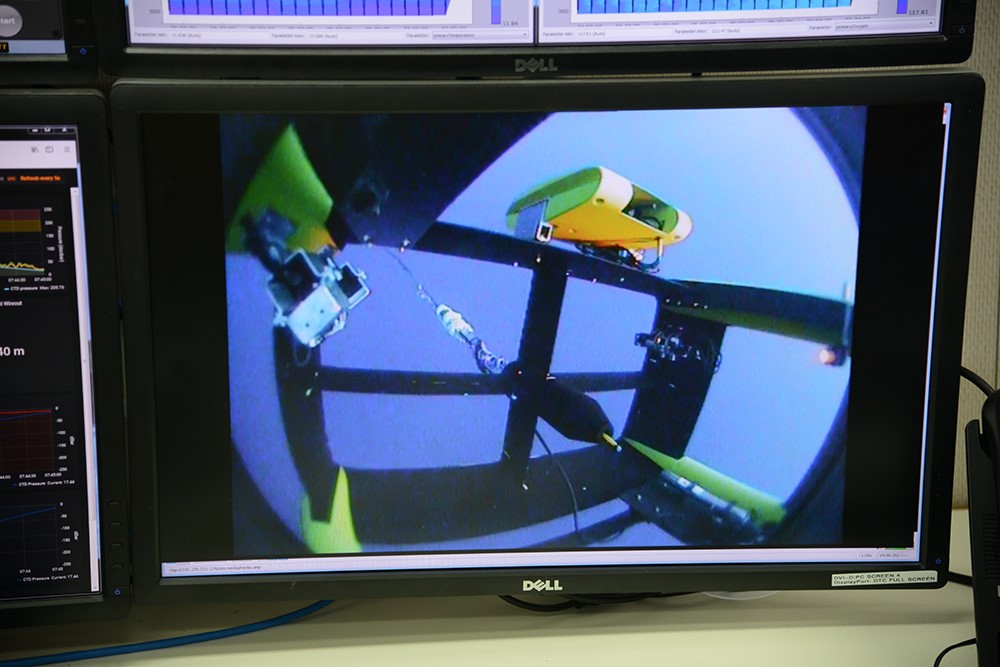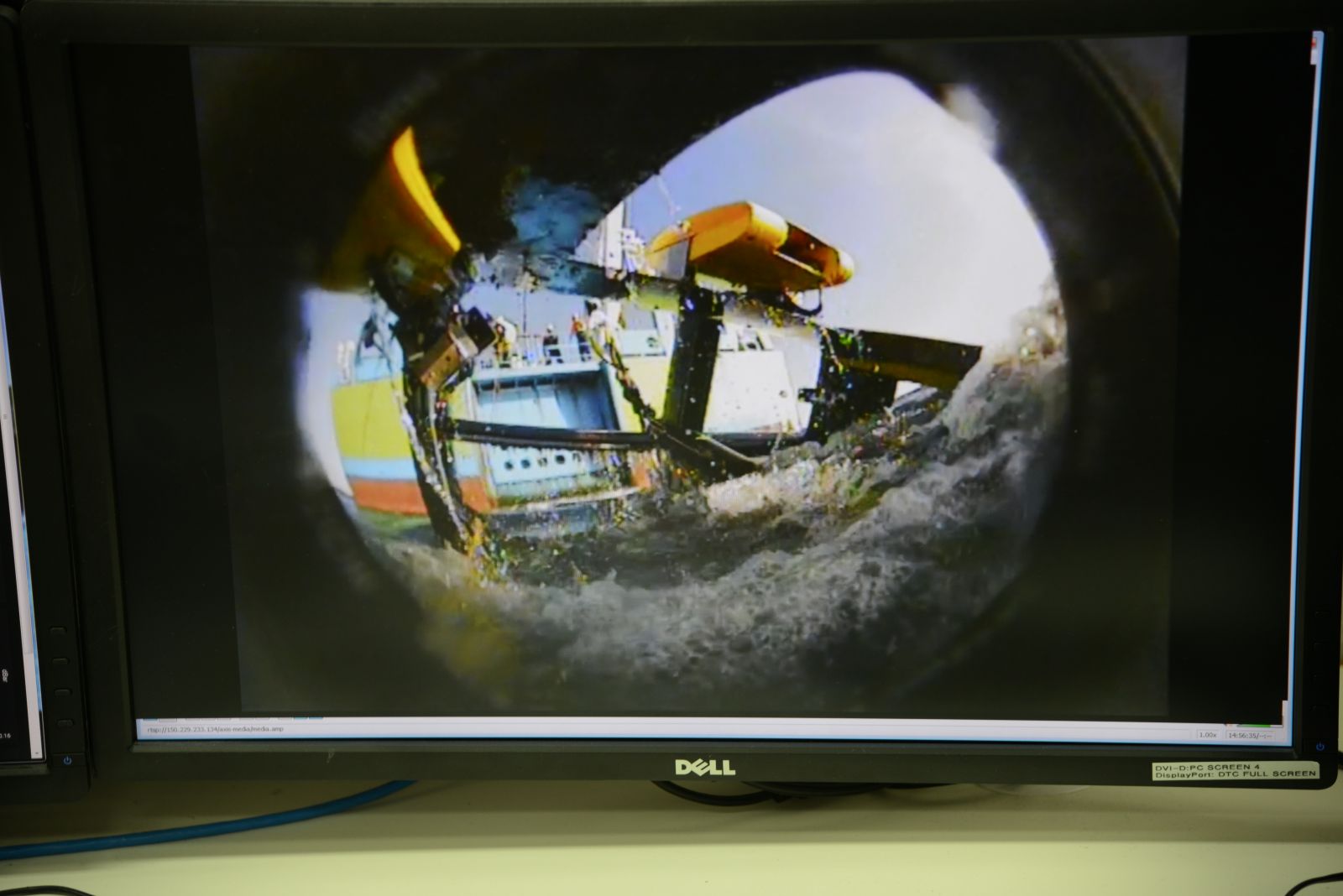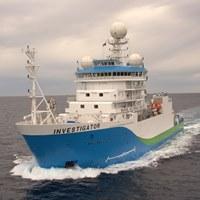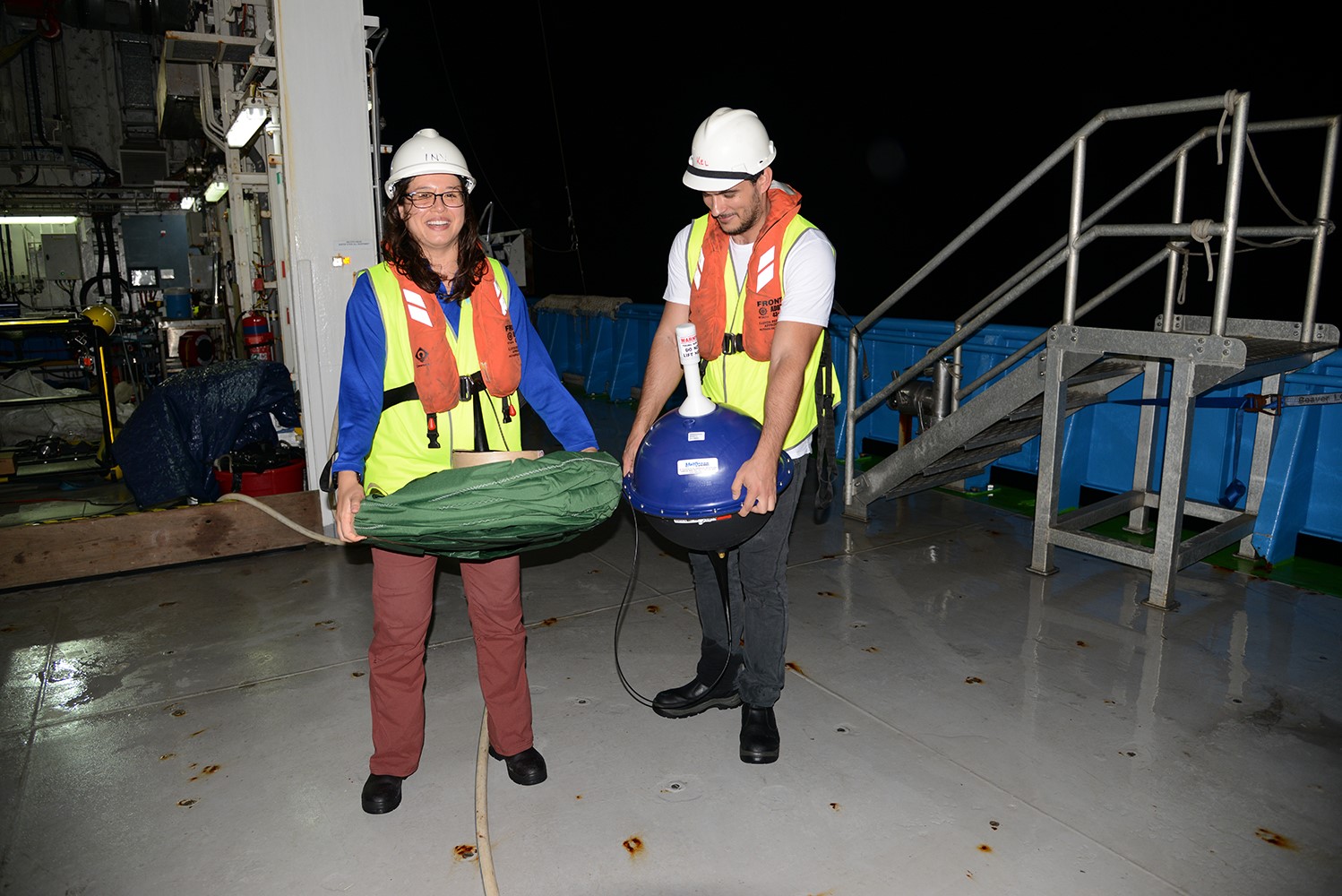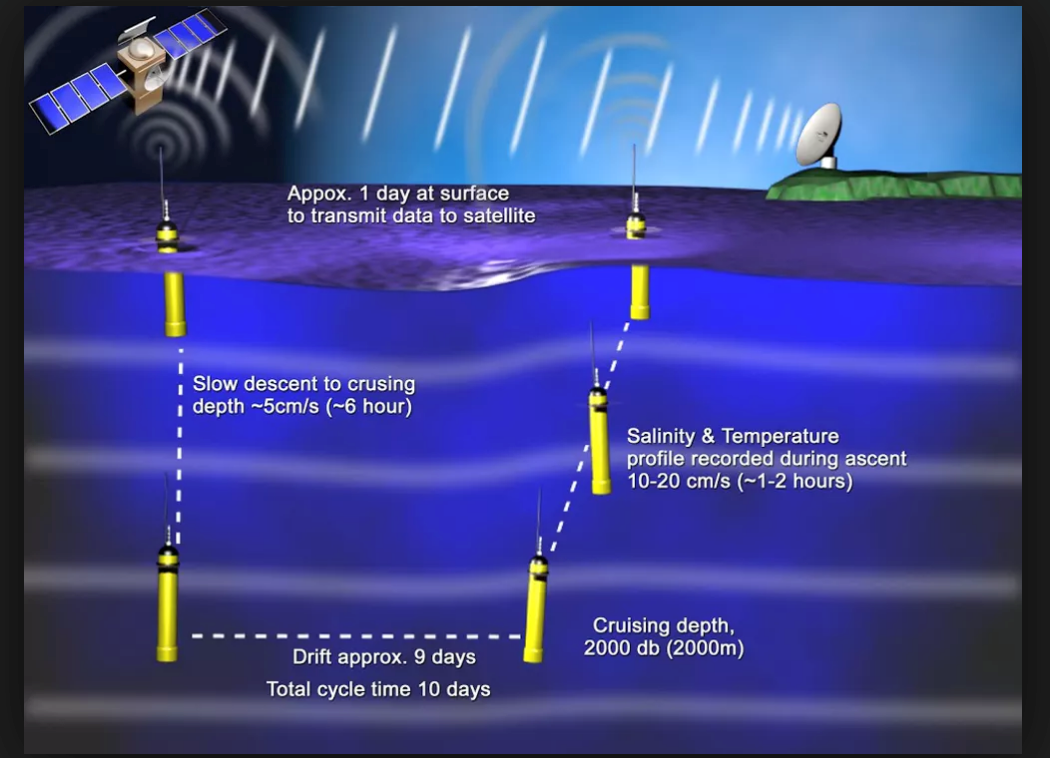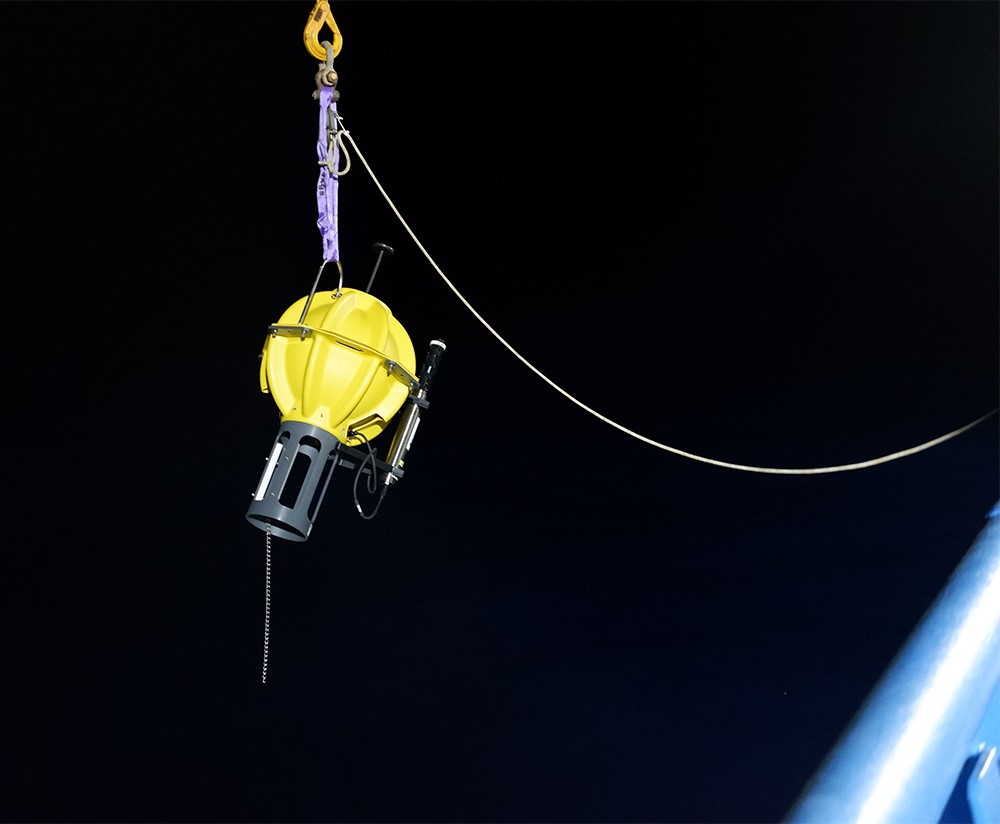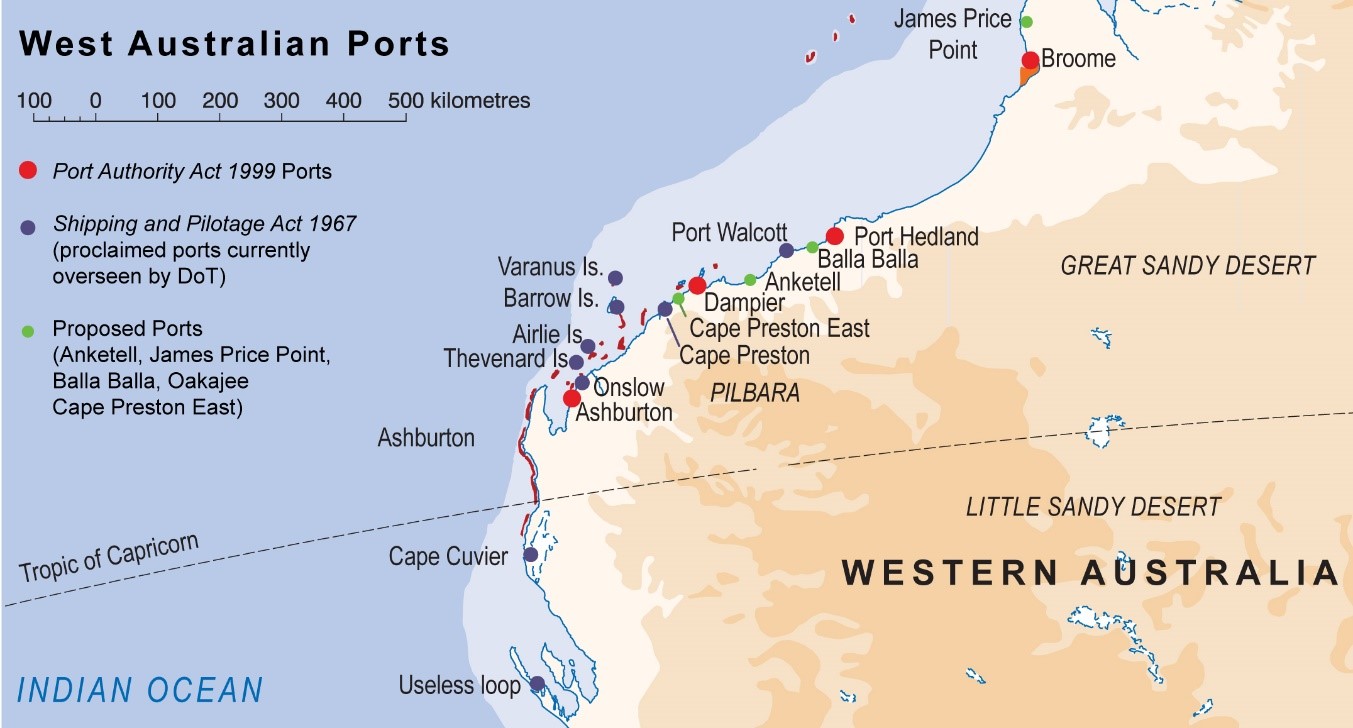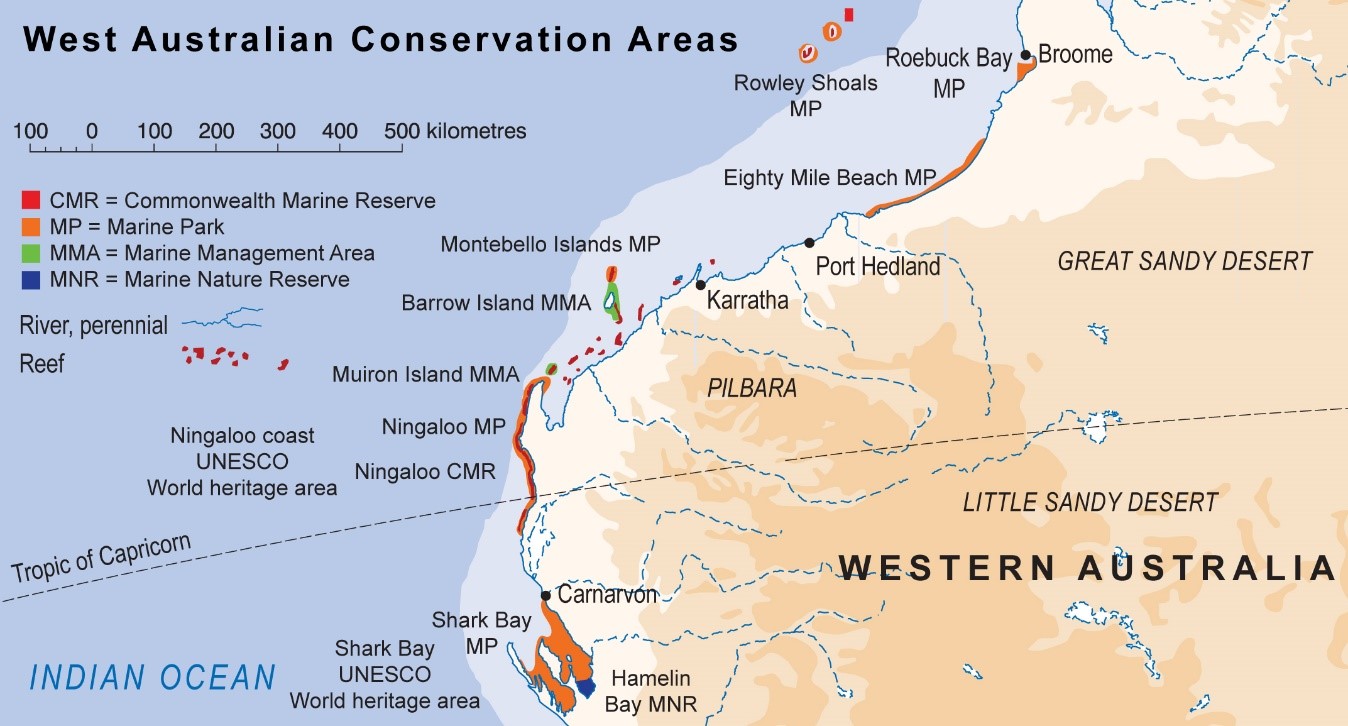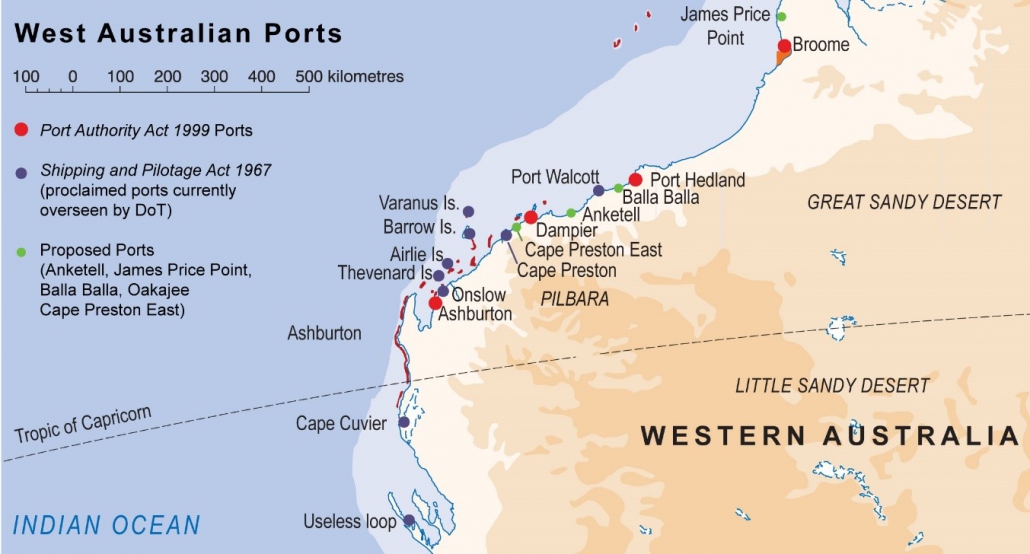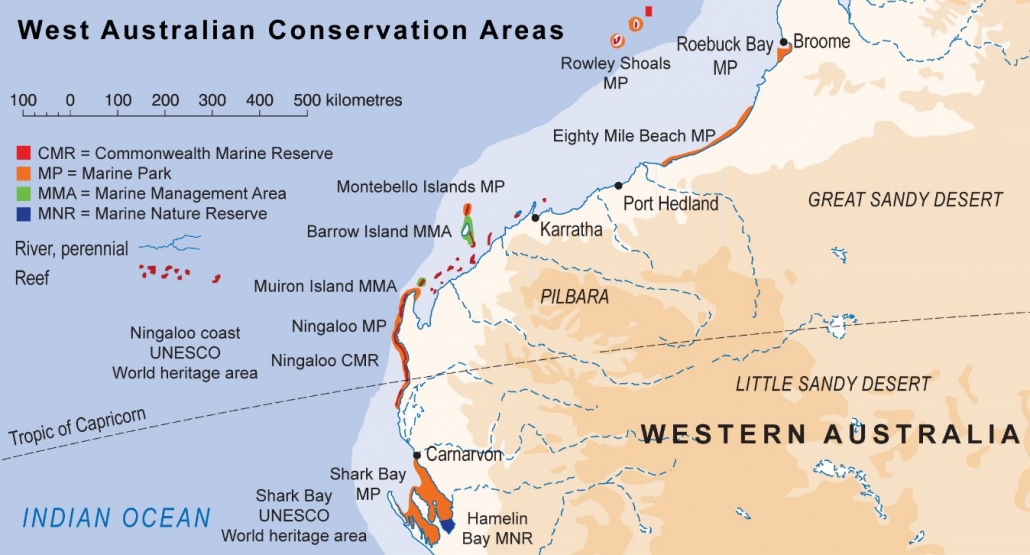Symposium: The South Coast of Western Australia: research for management
The South Coast of Western Australia: research for management symposium aims to uncover previous and current research being conducted off the south coast and to bring the south coast to the attention of the wider marine science community and government bodies.
The economic, social and environmental dimensions of the waters off the isolated south coast of Western Australia are poorly understood. Knowledge gaps identified by researchers and the impacts the south coast faces under a changing climate will help to develop a strong case for a future Western Australian Marine Science Institution (WAMSI) research program to support marine management in this region.
This symposium brings together 15 researchers working off the south coast of Western Australia and welcomes collaborative input into informing management with good science.
When: Tuesday 9 July 10.30am-3.30pm
Where: AMSA Conference, The Esplanade Hotel, Fremantle, WA
Chair: Jenny Shaw, Research Director, WAMSI
Speakers:
Dr. Mark Buckley
Research Fellow
The University of Western Australia Wave Energy Research Centre
Observations and modeling of waves and currents in Albany, WA
Dr. Michael Cuttler
Research Associate
The University of Western Australia
Seasonal and interannual variability of the wave climate at a wave energy hotspot off the southwestern coast of Australia
Connor Gorham
Edith Cowan University
CARBON STORAGE BY TIDAL MARSH ECOSYSTEMS IN WESTERN AUSTRALIA
Mr. Jeffrey Norriss
Research Scientist
Western Australian Department of Primary Industries and Regional Development
Bycatch of Flesh-footed shearwaters (Ardenna carneipes) recorded by a purse seine fishery is closely associated with their annual breeding cycle
Dr. Harriet Paterson
Lecturer
UWA
Seasonal Dynamics of Plastic on the South Coast of WA and its Impact on Flesh-footed Shearwaters
Mr. Thomas Crutchett
Master’s Student
The University of Western Australia
Microplastics identified in commercially caught Western Australian Sardines (Sardinops sagax)
Dr. Claire Ross
Research Scientist
Western Australian Department of Biodiversity, Conservation And Attractions
Growth and physiology of high-latitude corals in Bremer Bay, Western Australia (34.4°S)
Mr David Juszkiewicz
Honours Student
Curtin University
Phylogeography of Plesiastrea versipora (Cnidaria: Scleractinia: Plesiastreidae): an integrated taxonomic approach reveals cryptic speciation
Miss Savita Goldsworthy
Student, Curtin University
The Composition of Shallow Water Temperate Reef Assemblages in Western Australia
Mr. Jack Parker
Master Student, Curtin University
The changes in distributions and function of Labridae in temperate South Western Australia.
Kyle Stewart
Murdoch University
Food resource partitioning among three key fishery species in the Walpole-Nornalup Estuary
Mr. Tim Leary
Technical Officer
Western Australian Department Primary Industries And Regional Development
Human capital in the south coast WA fishing industry: an exceptional ageing workforce or in line with broader demographic trends?
Dr. Wiebke Ebeling
Centre Manager, Wave Energy Research Centre
The University of Western Australia
Great Southern Marine Research Facility – a new hub for Australia’s Blue Economy
Dr. Elke Reichwaldt
Environmental Officer
Western Australian Department of Water and Environmental Regulation
Linking the management of catchment and sandbar opening to estuary health – a case study from Wilson Inlet, Western Australia
Mrs Alessandra Mantovanelli
Environmental Officer
Western Australian Department of Water and Environmental Regulation
Integrated approach for managing estuaries of South-West Australia

